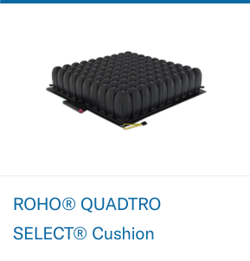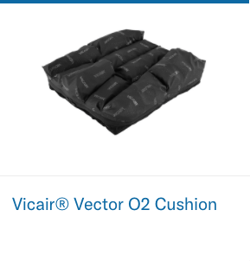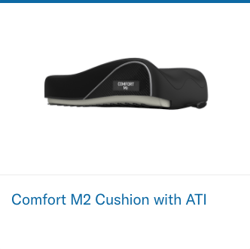Looking for more information on seating and positioning? Check out our digital page all about Permobil seating and positioning products here. This is part 3 of our series on seating and positioning. See part 1 and part 2.
This week in our series on the attributes of great seating we will discuss stability. We define stability as “the ability to hold the pelvis in place both laterally and anteriorly/posteriorly.” This definition implies that the contours and materials of a cushion can directly impact the stability provided by the cushion to the individual.
Why is stability important in a cushion?
A seat cushion can be considered the foundation of the seated posture. As therapists we learn that “proximal stability provides distal ability.” In other words, when the pelvis and trunk are stable it allows for reaching and functional use of the arms and hands. The seat cushion itself can greatly impact the amount of pelvis and trunk stability a wheelchair user will experience.
When seated, postural muscles automatically engage to keep the trunk upright. An able bodied individual does this subconsciously and can adapt to sitting on various types of surfaces. For example, muscles kick in if sitting on a soft squishy surface and less may be required on a hard solid surface. It isn’t as obvious because they are able to shift positions frequently and their postural muscles are strong and able to maintain their posture.
When the postural muscles have been impaired through injury or disease, suddenly the base of support becomes even more important. Having a stable base means that the postural muscles don’t have to work as hard to keep a person upright.
For those with postural weakness the goal is to decrease the work required of the postural muscles by providing a stable surface and maximum support and stabilization of the pelvis. By providing this individualized stability it will in turn allow improved function and participation in preferred activities.
Permobil offers cushions that have various levels of stability to meet the needs of every individual using a wheelchair and these come in various materials or mediums. We offer premium air cushions that provide a stable base of support, as well as premium foam cushions that are adjustable to improve stability if needed.
Permobil air cushions with a stable base
Permobil adjustable foam cushions
For our full range of cushions, click here and to learn more about our standardized bench testing that shows our stability testing, click here.





